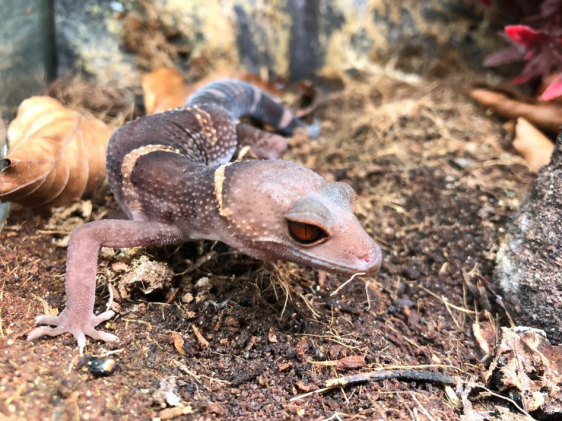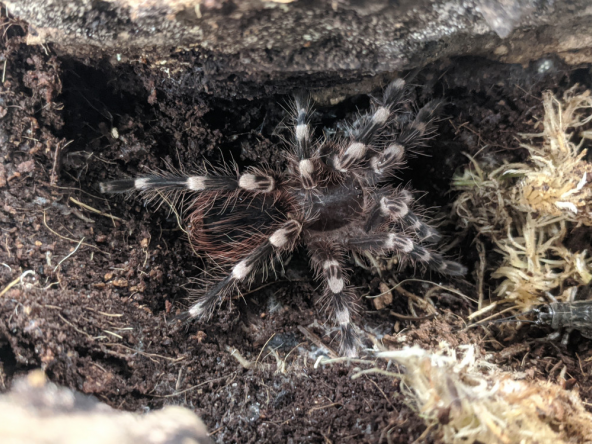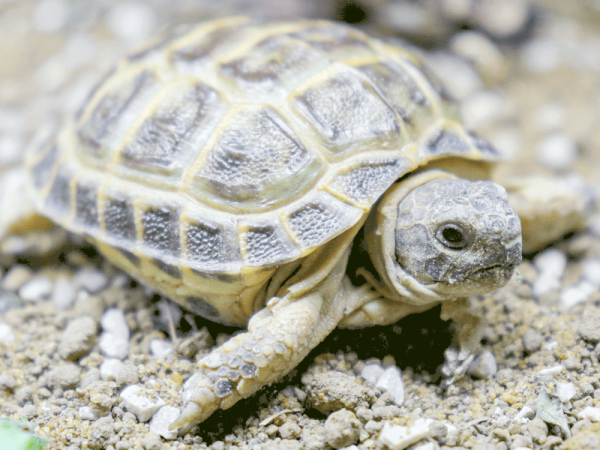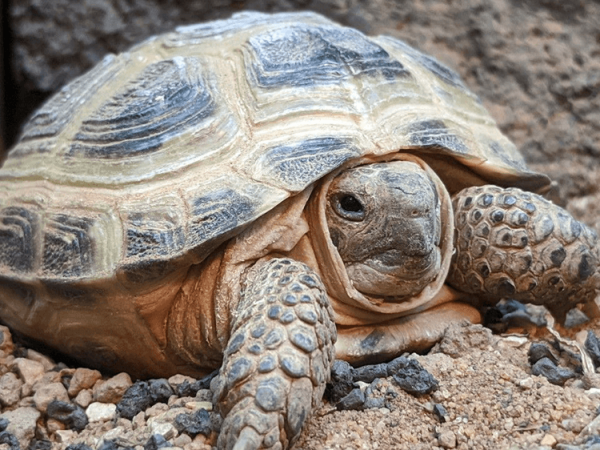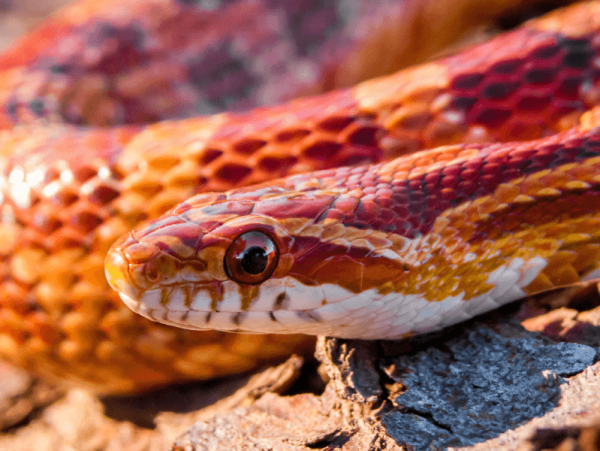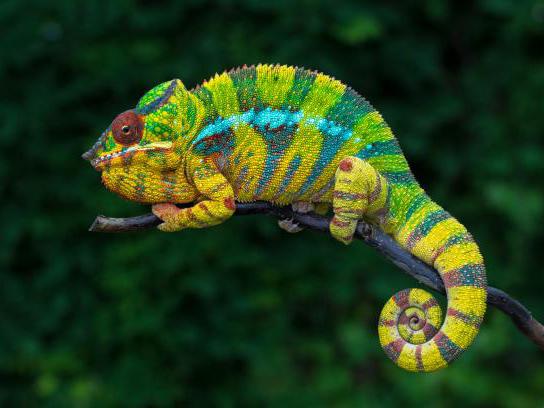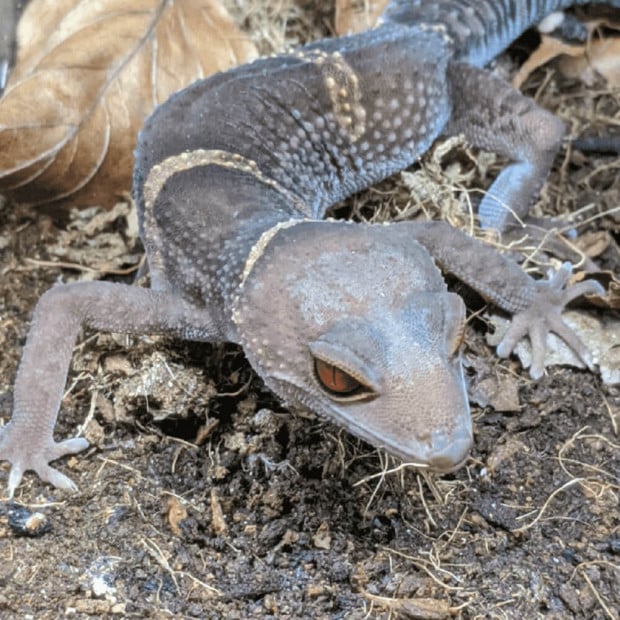Optional extras
Hainan cave gecko, Goniurosaurus hainanensis, care sheet
Categories: Care sheetsLizards
The Hainan Cave Gecko is a terrestrial species of gecko that is endemic to China and more specifically the islands of Hainan and Cat Ba. They are similar in shape to a Leopard Gecko but are black in colour with yellow banding, darker spots and red eyes. They would naturally inhabit rock crevices which is where they receive their name and are nocturnally active. Although they can be flighty when young, these geckos can be tamed and handled which, alongside their attractive look makes them an interesting addition to a reptile collection.
If you're looking for an alternative to the Hainan cave gecko, check out our guide to Chinese water dragon care.
Housing
It is important that your Hainan Cave Gecko is housed in a good-sized, stimulating environment, even if you don't see much of them during the day. A minimum vivarium size of 3 x 2 x 2ft should be used to house a single adult, to enable proper thermo-regulation and exercise. For the base of the environment, we recommend a soil mix which will become important in maintaining humidity.
Your gecko will not be inclined to eat this substrate as long as the temperature, UVB and supplements are correct. These geckos are typically found in rock crevices and caves and adding similar enrichment pieces as well as branches, rocks, tunnels, logs and foliage will make them feel more secure but also encourage good activity and mental stimulation. For an even better habitat that encourages good mental and physical activity move decor around every now and then. Ensure that there are hiding spots and decor on both the hot and cool sides of your enclosure so your gecko can make use of the whole tank.
Heating and lighting
This species prefers cooler temperature than that of the average reptile. The warmer area of the tank should remain around 26C while cooler areas remain around 20 - 22C during the day. A drop to around 15C overnight will replicate a natural nighttime drop. This can be achieved best with the use of a basking bulb or ceramic bulb, which will need to be controlled with a thermostat. All temperatures can be monitored with an accurate digital thermometer.
Despite their nocturnal habits, these animals would also naturally be exposed to some UVB and this is an essential part of equipment in keeping them healthy. As well as boosting their immune systems and overall wellness, UVB is responsible for metabolising key nutrients such as calcium, so being deprived of this can have serious health risks and even prove fatal.
Use a strip UV lighting system such as Arcadia's shade dweller, though the strength of the bulb will depend on the height of the enclosure. This bulb should be used in a 12-hour cycle, going off at night as the temperatures drop to create good day and night periods. It is important to take note that any UVB has a lifespan of 6 - 12 months depending on the bulb - after which, the bulb may still glow but there will be no UV being emitted so it will need changing.
Humidity
Cave Geckos prefer a higher humidity of between 60 - 70%, which can be reached with regular spraying, good substrate choices and the addition of foggers if necessary. The humidity can be read with an accurate digital hygrometer. A small water dish will also need to be placed in the enclosure and cleaned on a regular basis to prevent bacterial build-up.
Your Cave Gecko is an insectivore and so will feed on a variety of crickets, locust, cockroaches, calci-worms and mealworms. Variety is key in providing your gecko with good nutrition as all prey items differ in nutritional value. You will also need to dust the live food with additional calcium, multi-vitamins and D3 in the relevant feeding rota to ensure your gecko gets everything needed in its diet. It is always recommended that live food be 'gut-loaded' before being fed to the animal to make them a better quality meal.
Species profile:
- Scientific name - Goniurosaurus hainanensis
- Adult Expected Size - 7 - 8 inches
- Habitat - rock crevices of the islands of Hainan and Cat ba. Terrestrial living.
- Required Enclosure Size - 3 x 2 x 2ft
- UV Lighting - 1 - 2 UVI (use of ShadeDweller - height dependent)
- Expected Lifespan - 10 - 15 Years
- Temperature Gradient - 20C - 26C
- Humidity Levels - 60 - 70%
- Feeding - Live food - Crickets, locust, cockroaches, calci-worms and mealworms
- Handling - Can be skittish when young but usually docile, easily tamed and easily handled.
Jeremy Gay is an author, lifelong fishkeeper, and exotic pet specialist. He's a former editor of Practical Fishkeeping Magazine, UK editor at Reefbuilders, a former pet store manager, and has collected wildlife in Sri Lanka and the Amazon. He's been on tv and radio, contributed to Koi Carp and Gardeners World magazines, been a product tester, a judge, and a product developer.




